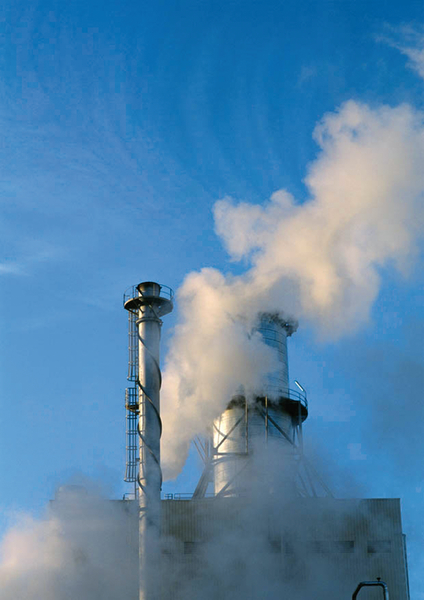Spark optimization with process analytical technology instruments
Throughout many process industries, and especially in the chemical sector, optical technology advances are elevating the standards of efficiency, safety […]
Learn how steam generation can affect your chemical plant, the challenges that come with steam systems, and how instrumentation can prevent safety and reliability issues.
Answer: Heating is one of the main process elements in any chemical processing facility. Steam is widely used as the main heat source in many processes. A few examples include: fuel to power the steam turbines for electricity generation, the actual production of a product by sterilization, and to achieve the processing temperature needed for an aspect of production.
One of the most common usages of steam is to be used as an energy resource to heat up the reactants through a heat exchanger, before it is imported into the reactor or the heating jacket around the reactor to provide the needed heat required to produce the desired endothermic reaction. It is critical to ensure the heat exchanger and heat jacket is operating and maintain properly, or it may end up using more steam in the process to get the product to the right temperature, which can affect operational costs or even present a potential safety hazard.

Answer: Common steam generation and usage application challenges in the chemical industry include:
These challenges are caused by inadequate measurement, control and maintenance and it causes corrosion, water leaks, condensate build-up, waste of energy and potential unplanned downtime.
Amongst other measurement points in the boiler and steam distribution system, level is a critical measurement point. The measurement needs to be accurate and reliable. If the measurement is inaccurate, false low readings or false high readings are a result that can either shut the boilers down automatically or result in water being distributed out of the boiler and into the steam header, causing water hammer, piping challenges or potentially causing catastrophic failure.
Answer: Most of the flow measurements today in a chemical facility are using differential pressure methods. The challenge with this technology is the amount of information that is provided to the plant. They don’t receive much information about the differential pressure flow element (example: orifice plate) and steam condition (like steam fraction) in the distribution piping using that technology. Chemical facilities end up not having visibility and no transparency in and to the process.
The plant is challenged to maintain the DP flow measurement from the tubing to the orifice plate to the transmitter. Inadequate maintaining the DP flow measurement may leak and the condensate in the tubing may expand and break the tubing without proper heat tracing in certain climate region. It’s important to have transparency and visibility having the right technologies.
Answer: It’s important to connect with an instrument manufacturer that can provide a wide array of measurement technologies from boiler feedwater preparation, steam generation from the boiler side and the distribution side – pressure, temperature, flow, level, and analysis technologies in a comprehensive technology portfolio. These technologies can not only providing accurate measurement, but also provide process insight to prevent and detect premature failures in processes, like corrosion inside the boiler & heat exchanger, and water hammer in the piping system.
Throughout many process industries, and especially in the chemical sector, optical technology advances are elevating the standards of efficiency, safety […]
Improve the working life of your legacy source by increasing the sensitivity of your detector It can be concerning when […]
Greg Pryor is the Temperature Product Marketing Manager at Endress+Hauser USA. To help answer some questions surrounding temperature transmitters, we […]